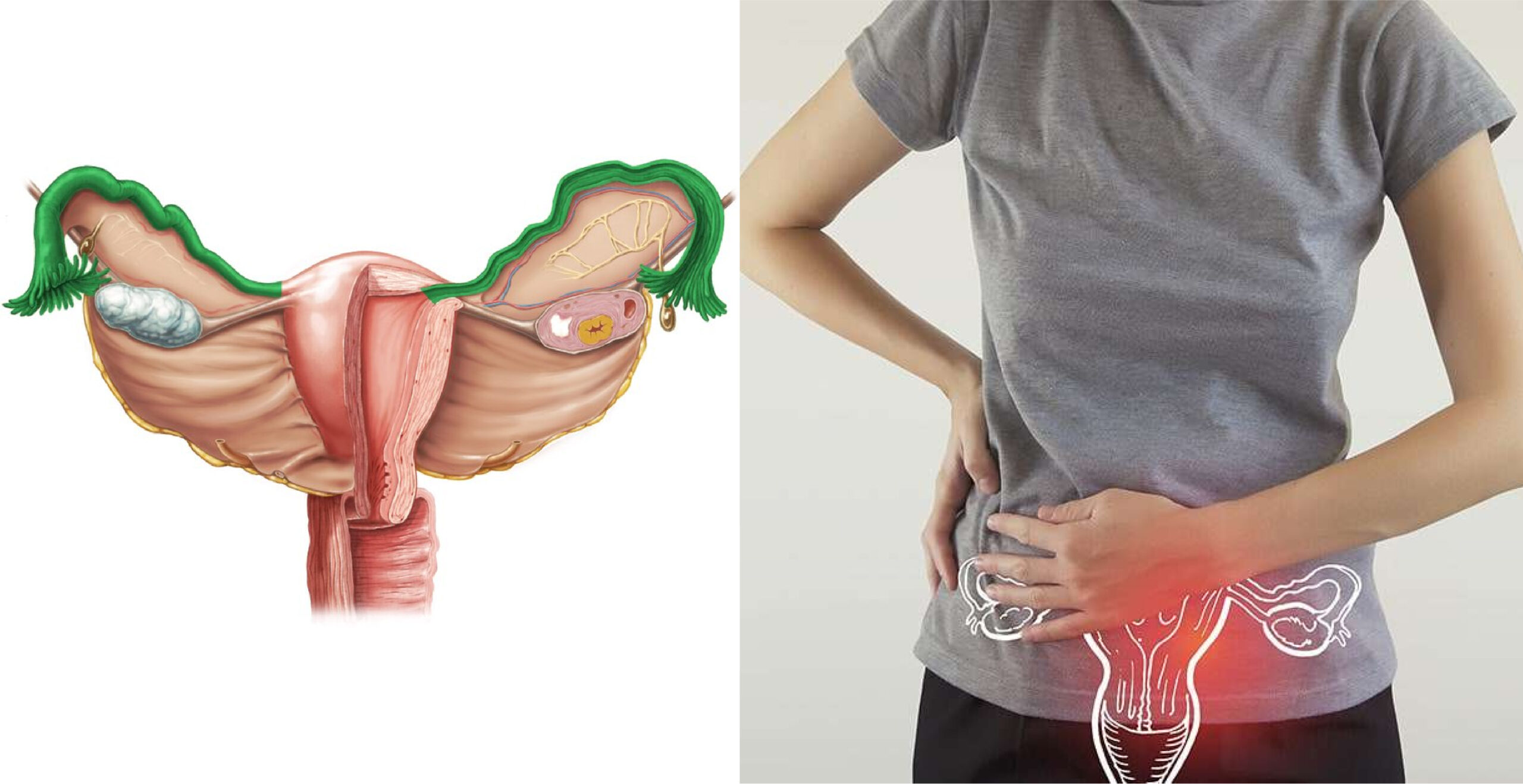Finding a lump on the side of your vagina can be alarming and confusing. It’s natural to feel concerned about what this lump might mean for your health, but it’s important to remember that many lumps in the genital area are benign (non-cancerous) and easily treatable. In this comprehensive guide, we will explore the various possible causes of lumps in the vaginal area, when to seek medical help, and what the potential treatments could be.
While discovering such a lump may prompt immediate worry, having accurate information is the first step in addressing your concerns.
What Does a Lump on the Side of the Vagina Mean?
Lumps or bumps on the side of the vagina can occur for various reasons. These may vary in size, shape, and whether they are painful or painless. Depending on the characteristics of the lump, you may be able to narrow down possible causes, but the most reliable approach is to consult a healthcare professional who can examine the lump and provide a proper diagnosis.
Before diving into specific causes, it’s worth noting that not all lumps are visible right away, and they may not all present symptoms. Lumps that grow over time, change in color or texture, or are accompanied by pain should be evaluated promptly by a doctor.
Common Causes of Lumps in the Vaginal Area
There are a variety of reasons why you may find a lump on the side of your vagina. Many of these causes are benign, but it’s important to be aware of all possibilities.
1. Bartholin’s Cyst
A Bartholin’s cyst is one of the most common causes of a lump in the vaginal area, particularly near the vaginal opening. The Bartholin’s glands are located on each side of the vaginal entrance and produce fluid that helps lubricate the vagina. Sometimes, these glands can become blocked, leading to the formation of a cyst.
Symptoms of a Bartholin’s Cyst:
- Painless swelling or lump near the vaginal opening
- Discomfort when walking or sitting if the cyst becomes large
- Tenderness and redness if the cyst becomes infected and turns into an abscess
Most Bartholin’s cysts are harmless and may go away on their own. However, if the cyst becomes infected and develops into an abscess, it can be painful and may require drainage or antibiotics.
2. Infected Hair Follicles or Ingrown Hairs
Another common cause of a lump is an infected hair follicle or an ingrown hair. This happens when hair grows back into the skin instead of outward, causing inflammation and sometimes infection.
Symptoms of an Infected Hair Follicle:
- A red, tender bump or lump near where hair grows
- Swelling and pus-filled bumps if the area becomes infected
- Pain or discomfort in the affected area
Treating an ingrown hair involves keeping the area clean and using warm compresses to help the hair emerge. If the area becomes infected, you may need antibiotics to treat the infection.
3. Sebaceous Cyst
A sebaceous cyst is a small, benign lump that can form under the skin when a sebaceous gland becomes blocked. These cysts are typically filled with oil or dead skin cells and can occur anywhere on the body, including the vaginal area.
Symptoms of a Sebaceous Cyst:
- A small, round, non-painful lump beneath the skin
- Possible tenderness if the cyst becomes irritated or infected
- The cyst may rupture, leaking a foul-smelling fluid
Sebaceous cysts generally do not require treatment unless they become infected or cause discomfort. In some cases, a healthcare provider may recommend drainage or surgical removal.
4. Genital Warts
Genital warts, caused by the human papillomavirus (HPV), can appear as small lumps or bumps in the vaginal area. These warts are usually flesh-colored or grayish and may be raised or flat. HPV is a sexually transmitted infection, and genital warts can be spread through skin-to-skin contact.
Symptoms of Genital Warts:
- Small, flesh-colored bumps that may cluster together
- Itching, irritation, or discomfort in the affected area
- No pain in many cases, but some warts may cause discomfort
Treatment for genital warts may involve topical medications, cryotherapy (freezing the warts), or surgical removal. HPV vaccines are available to prevent certain strains of the virus.
5. Vulvar Cancer
While much rarer, it is important to be aware that a lump in the vaginal or vulvar area could be a sign of vulvar cancer. Vulvar cancer typically presents as a persistent lump, sore, or abnormal growth on the vulva. Other symptoms may include itching, burning, or bleeding.
Symptoms of Vulvar Cancer:
- A lump, sore, or thickening of the skin that does not heal
- Persistent itching or pain in the vulvar area
- Changes in skin color or texture
If you notice a lump that does not go away, especially if it is accompanied by pain, bleeding, or itching, it’s important to consult a healthcare provider for further evaluation. Early detection of vulvar cancer can significantly improve outcomes.
When to Seek Medical Advice
While some lumps in the vaginal area are harmless and may resolve on their own, others may require medical attention. Here are some signs that you should see a healthcare provider:
- The lump has grown or changed in appearance
- The lump is painful, red, or causing significant discomfort
- You notice unusual symptoms such as itching, burning, or discharge
- The lump persists for more than a week without improvement
- You have a history of sexually transmitted infections (STIs) or cancer
In any of these cases, scheduling a visit with a doctor or gynecologist will provide you with a clear understanding of what is happening and what treatment, if any, is needed.
How is a Vaginal Lump Diagnosed?
When you visit a healthcare professional with concerns about a lump, they will likely perform a physical examination of the area. Depending on the characteristics of the lump, they may order additional tests, such as:
- Ultrasound: This imaging test can provide a clearer view of what is causing the lump and whether it is a cyst or something else.
- Biopsy: In cases where there is concern about cancer, a biopsy may be taken, where a small sample of tissue is sent to a lab for analysis.
- STD Testing: If the lump appears to be related to an infection, such as genital warts or herpes, your doctor may recommend testing for sexually transmitted diseases.
Treatment Options for Vaginal Lumps
The treatment for a lump in the vaginal area will depend on the underlying cause. Some common treatment options include:
- Drainage: For cysts or abscesses, a doctor may drain the fluid to relieve discomfort and prevent infection.
- Antibiotics: If an infection is present, such as in the case of an infected cyst or hair follicle, antibiotics may be prescribed to clear the infection.
- Topical Treatments: For genital warts or other skin conditions, topical creams may be used to treat the affected area.
- Surgical Removal: In some cases, especially with larger cysts or persistent lumps, surgery may be required to remove the lump completely.
Conclusion
If you have found a lump on the side of your vagina, it’s natural to feel concerned, but it’s important not to panic. Many lumps are caused by benign conditions such as cysts or ingrown hairs, and they can often be treated easily. However, if the lump is persistent, painful, or accompanied by other symptoms, seeking medical advice is the best course of action.
Read more: Chrisley Knows Best Daughter Dies: Unraveling the Truth Behind the Rumors




